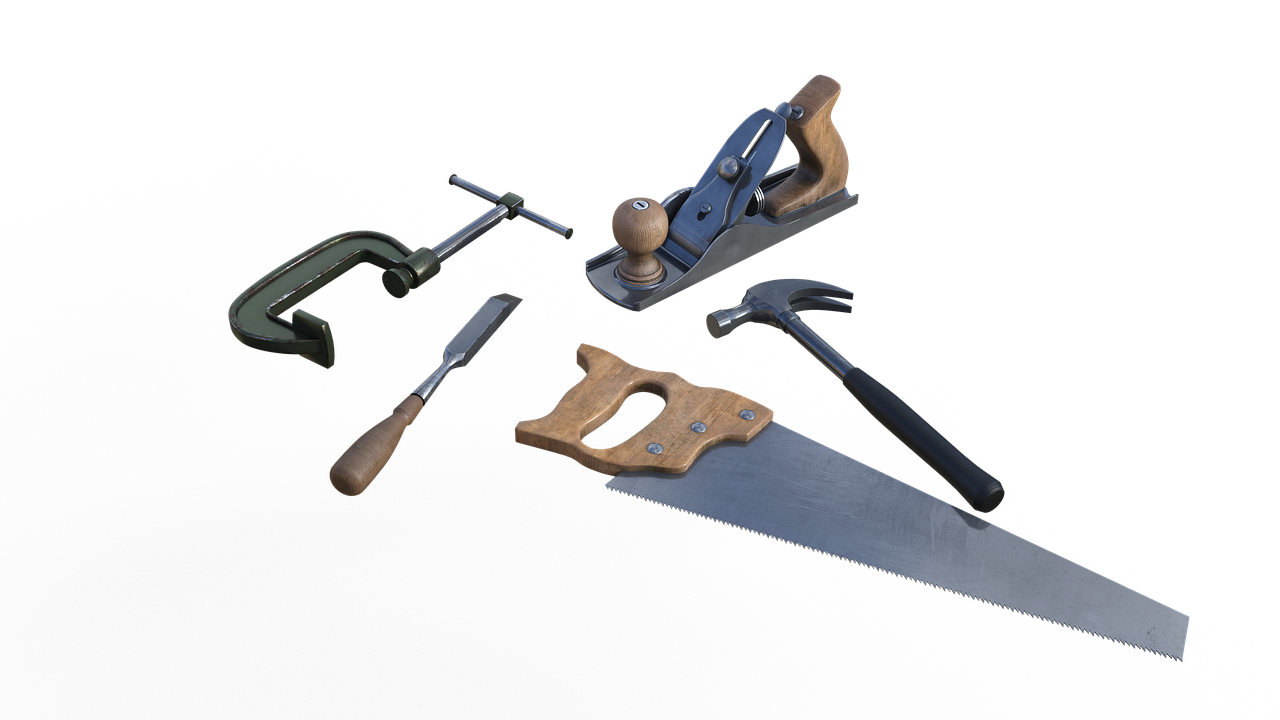If you’re someone who enjoys DIY projects or woodworking, you may have wondered if investing in a table saw is worth it. A table saw can be a valuable addition to your toolkit, but before making a decision, it’s important to consider your specific needs and the projects you plan to undertake. In this article, we’ll explore the benefits of owning a table saw, how it can save you time and effort, and what types of projects it is most suited for. So, let’s discover if a table saw is the missing piece of equipment you’ve been looking for to elevate your crafting game! Table saws are a versatile and essential tool for any woodworker. Whether you are a beginner or an experienced craftsman, a table saw can greatly enhance your woodworking projects. In this article, we will explore the factors to consider when choosing a table saw, the different types of table saws available, the benefits of owning a table saw, common table saw features, safety considerations, alternatives to table saws, table saw accessories, assessing your woodworking needs, and the cost analysis of owning a table saw. By the end of this article, you will have a comprehensive understanding of table saws and be better equipped to make an informed decision about whether or not you need a table saw.

Factors to Consider
When deciding whether or not you need a table saw, there are several factors to consider. The first factor is the type of projects you will be working on. Table saws are ideal for cutting large pieces of wood and making precision cuts. If you plan on working on projects that require accurate and straight cuts, a table saw is a great choice.
Another factor to consider is your budget. Table saws can vary widely in price, so it’s important to determine how much you are willing to spend. Consider the features and quality of the table saw you are interested in and compare it to your budget.
Finally, you need to assess the available space in your workshop or workspace. Table saws can take up a significant amount of space, so it’s important to ensure that you have enough room for the saw and any accessories or additions you may need.
Table Saw Types
There are several types of table saws to choose from, each with its own advantages and disadvantages. The first type is the benchtop table saw. These are compact and portable, making them ideal for small workshops or for taking to job sites. Benchtop table saws are lightweight and easy to transport, but they may lack some of the features and power of larger table saws.
The next type of table saw is the contractor table saw. These are larger and more powerful than benchtop saws, making them suitable for professional use or for serious hobbyists. Contractor table saws are typically mounted on a wheeled stand for easier maneuverability.
Cabinet table saws are the next step up in terms of size and power. These are heavy-duty saws that are designed for professional use. Cabinet table saws have a larger work surface, more powerful motors, and better dust collection systems. They are also more expensive than contractor or benchtop saws.
Hybrid table saws combine the best features of cabinet and contractor saws. They are typically more affordable than cabinet saws while still offering many of the benefits of a larger, more powerful saw.
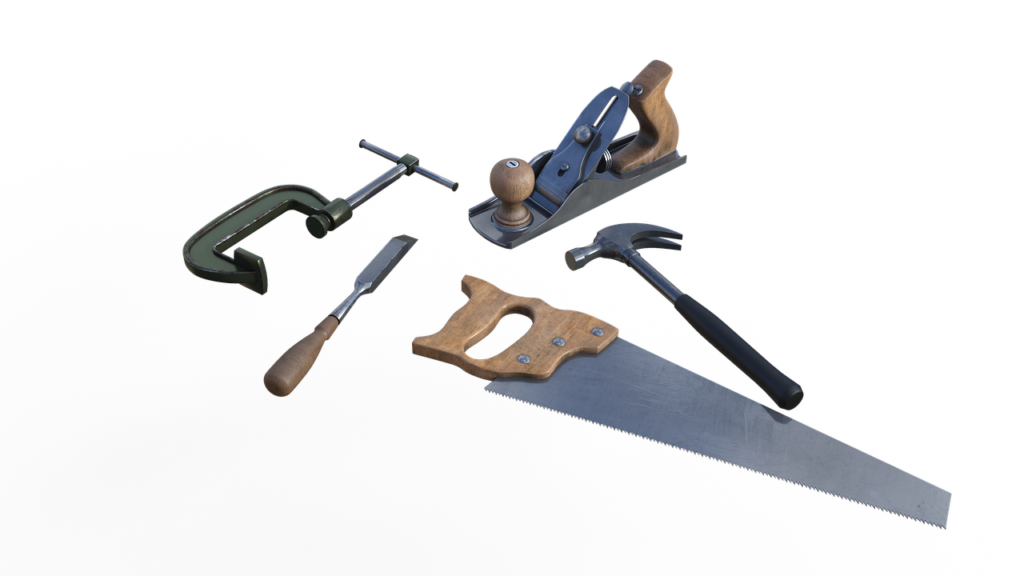
Benefits of Owning a Table Saw
There are numerous benefits to owning a table saw. One of the main benefits is the versatility that a table saw provides. Table saws can perform a wide range of cuts, such as crosscuts, rip cuts, miter cuts, and bevel cuts. This versatility allows you to tackle a variety of woodworking projects with ease.
Another benefit of owning a table saw is the precision it offers. Table saws are known for their accuracy and ability to make clean, straight cuts. This precision is essential for creating professional-looking pieces and ensuring a seamless fit between different parts of a project.
In addition to versatility and precision, table saws also offer efficiency. With a table saw, you can make smooth, consistent cuts quickly and efficiently. This saves time and allows you to complete your projects more efficiently.
Common Table Saw Features
There are several common features to look for when choosing a table saw. The first feature to consider is the rip capacity. This refers to the maximum width of wood that the saw can cut. A larger rip capacity allows you to cut wider pieces of wood, making the saw more versatile.
The fence system is another important feature to consider. The fence is the guide that runs parallel to the blade and helps to ensure straight and accurate cuts. A high-quality fence system is essential for achieving precise cuts.
Blade size is also an important consideration. Table saw blades can come in a range of sizes, and the size you choose will depend on the type of work you plan to do. A larger blade size allows for deeper cuts, while a smaller blade size is more suitable for intricate work.
Dust collection is another feature that can greatly enhance your table saw experience. A good dust collection system helps to keep your workspace clean and prevents sawdust from clogging up the saw and affecting its performance. Look for a table saw with a dust collection port and consider investing in a dust collection system if the saw does not come with one.
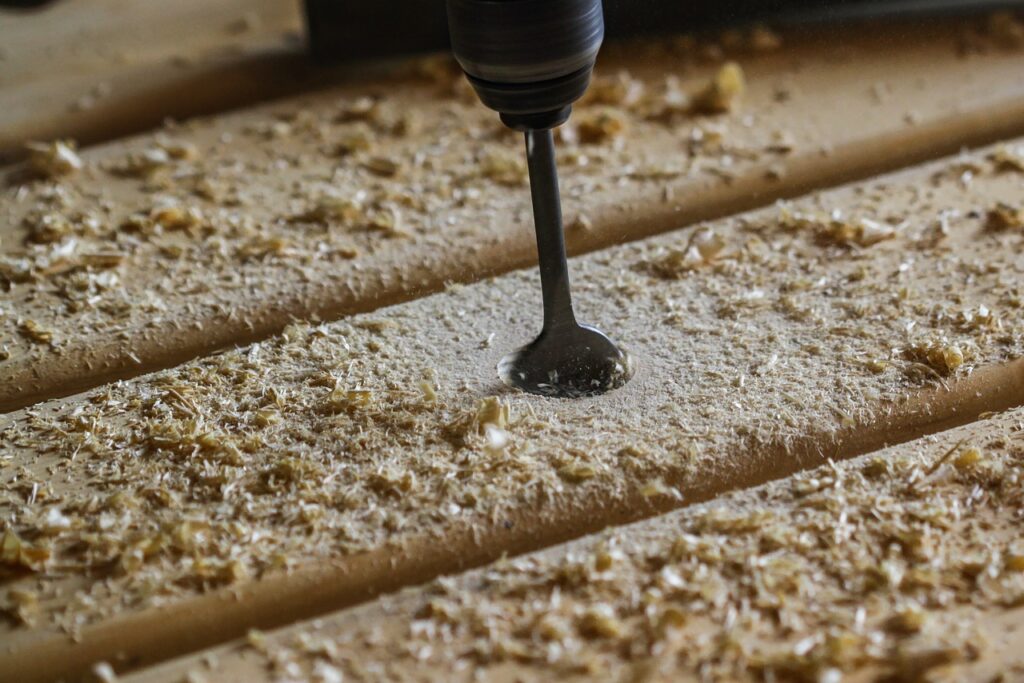
Safety Considerations
Safety should always be a top priority when working with any power tool, and table saws are no exception. There are several safety features to consider when choosing a table saw.
The first safety feature is a blade guard. A blade guard is a protective covering that sits over the blade and helps prevent accidental contact with the blade. It is essential to use a blade guard whenever possible to keep your fingers and hands safe.
Another safety feature to look for is a riving knife. A riving knife is a metal plate that sits behind the blade and helps prevent kickback, which occurs when the wood gets caught on the blade and is propelled back towards the operator. A riving knife helps to keep the wood in line with the blade and reduces the risk of kickback.
Anti-kickback pawls are another safety feature to consider. These are small, tooth-like devices that are attached to the table saw and help prevent kickback by gripping the wood and preventing it from kicking back towards the operator.
Lastly, push sticks are essential for keeping your hands a safe distance from the blade. Push sticks are simple tools that allow you to push the wood through the saw while keeping your hands out of harm’s way.
Alternatives to Table Saws
While table saws are incredibly versatile and useful tools, they may not be necessary for every woodworker. There are several alternatives to table saws that may better suit your needs.
One alternative is a circular saw. Circular saws are handheld saws with a circular blade that can be adjusted to make different types of cuts. They are portable, affordable, and can perform many of the same tasks as a table saw. However, they may not offer the same level of precision or efficiency.
Another alternative is a miter saw. Miter saws are designed for making angled cuts, such as miter and bevel cuts. They are great for tasks like cutting trim or molding and are more affordable and portable than table saws.
Track saws are another alternative to consider. Track saws are similar to circular saws but are designed to run along a track or guide. This helps to ensure straight and accurate cuts. Track saws are portable, versatile, and offer precision similar to that of a table saw.
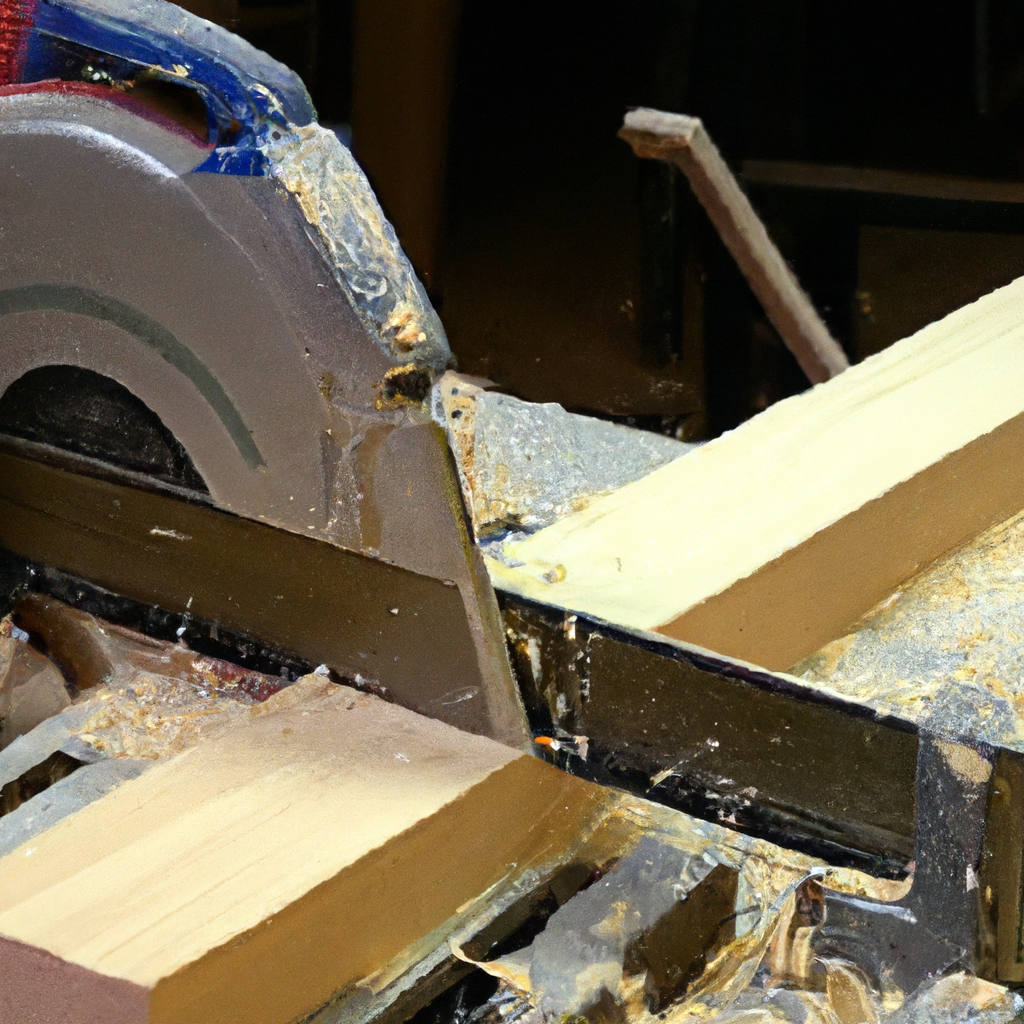
Table Saw Accessories
There are several accessories that can enhance your table saw and make your woodworking projects easier and more efficient.
A miter gauge is a must-have accessory for making angled cuts. It helps to guide the wood through the saw and ensures precise and accurate cuts.
Sleds are another useful accessory. Sleds are platforms that ride on the table saw’s surface and allow you to make crosscuts or angled cuts with ease. They provide stability and control, making them ideal for larger or more intricate cuts.
An outfeed table is also a valuable addition to a table saw. An outfeed table is an extension that provides additional support for longer pieces of wood, preventing them from tipping or falling off the saw.
A dado blade is another accessory that can greatly enhance the capabilities of your table saw. A dado blade is a type of blade that allows you to make wide and shallow cuts, such as for creating dado joints or rabbets. It adds versatility to your table saw and expands the range of projects you can tackle.
Assessing Your Woodworking Needs
Before making a decision about whether or not you need a table saw, it’s important to assess your woodworking needs.
Consider the frequency with which you will use the table saw. If you plan on using it regularly and for a variety of projects, then a table saw may be a worthwhile investment. However, if you only occasionally work with wood or have limited space and budget, then a table saw may not be necessary.
Another factor to consider is the complexity of the projects you plan to undertake. If you will be working on intricate or detailed projects that require precise cuts, then a table saw may be essential. However, if you primarily work on smaller, simpler projects, then a more compact and affordable alternative may be sufficient.
Lastly, consider your woodworking skill level. Table saws require a certain level of skill and knowledge to operate safely and effectively. If you are a beginner or have limited experience with power tools, it may be worth starting with a more basic tool and gradually working your way up to a table saw.
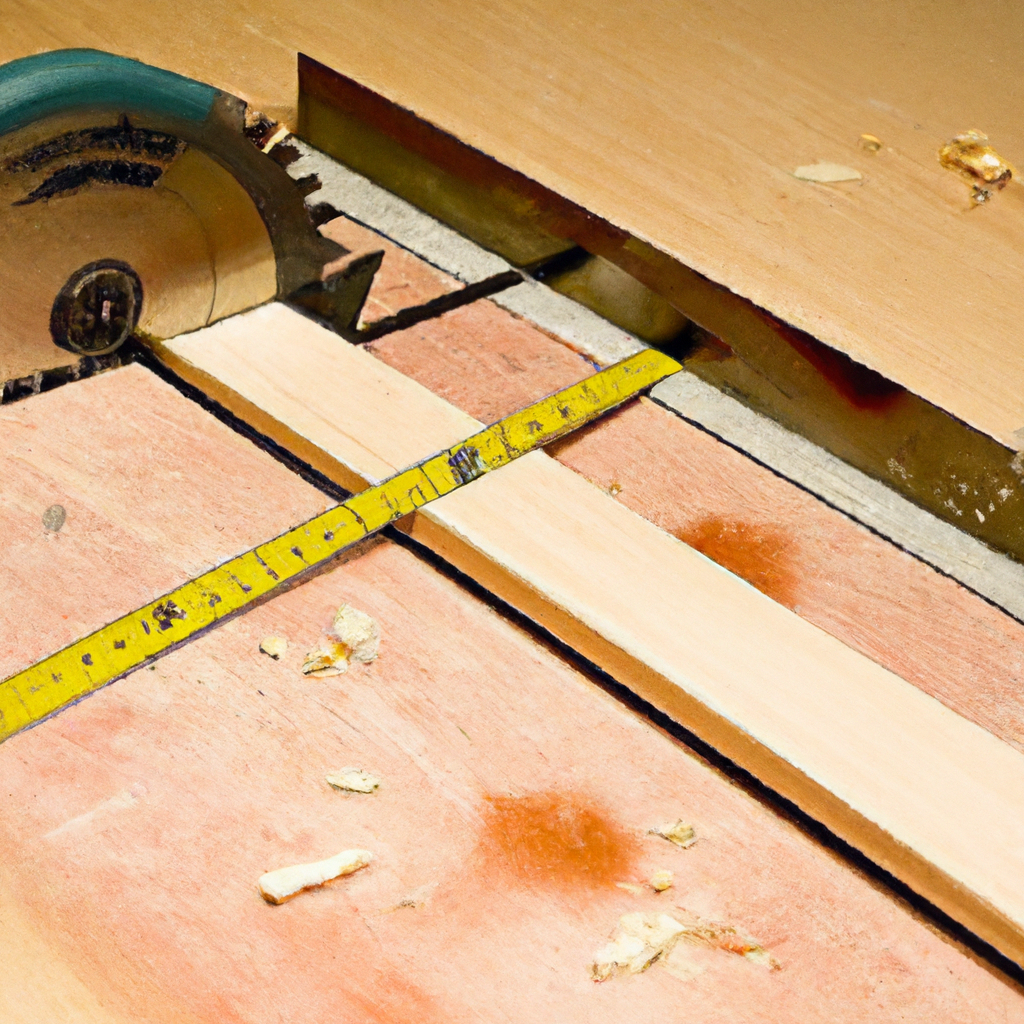
Cost Analysis
When considering whether or not to invest in a table saw, it’s important to analyze the costs involved.
The initial investment of a table saw can vary greatly depending on the type and quality of the saw you choose. Benchtop table saws are generally the most affordable option, while cabinet table saws are the most expensive. Consider your budget and the features you require when choosing a table saw.
Maintenance costs should also be factored into your decision. Table saws require regular maintenance, such as blade sharpening, lubrication, and occasional replacement of parts. These costs can add up over time, so it’s important to budget for them.
Operating expenses, such as the cost of electricity to run the saw, should also be taken into account. Table saws can be power-hungry tools, so it’s important to consider the ongoing cost of operating the saw.
Ultimately, the cost of owning a table saw should be weighed against the benefits and the value it will bring to your woodworking projects.
Conclusion
So, do you need a table saw? After considering the factors discussed in this article, you should have a better idea of whether or not a table saw is right for you. Table saws offer versatility, precision, and efficiency that can greatly enhance your woodworking projects. However, they also require space, budget, and a certain level of skill to operate safely and effectively. Consider your woodworking needs, budget, and available space before making a decision. Whether you choose a table saw or one of the alternative options discussed, the most important thing is to select a tool that suits your needs and helps you achieve your woodworking goals.

